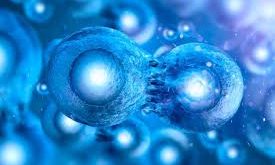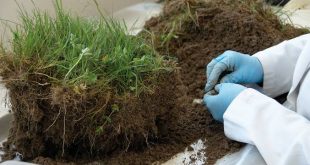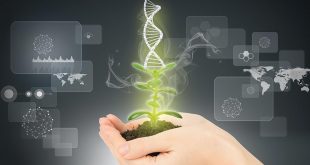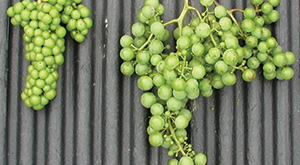In order to grow, cells have two options. They must either replicate themselves to create more cells, or the cells themselves must expand in volume. In humans, tissues such as the skin and blood contain cells that are actively dividing, while other tissues such as fat contain cells that expand. …
Read More »Soil Solid & Solution
In the soil, there are different kinds of constitunets. These properties are divided into two major types- solid and solution. This composition of soil solids and soil solution is discussed in this article. Chemical Composition of Soil Solids Soil Solid consists of soil mineral matter and soil organic matter. The …
Read More »Composition of Soil
Soil- a very common word to all of us living in this universe. You must have seen, even touched soil. But do you ever thought about what component/s are jot down to make such a major element of our environment? Soil is basically a mixture of few basic components- inorganic …
Read More »Mechanism of Photosynthesis: Light Dependent Phase
Photosynthesis is a chemical reaction that takes place inside a plant, producing sugar type food for the plant to survive. Carbon dioxide, water and light are all needed for photosynthesis to take place. It happens in the leaves of a plant and the other green portions as well. The process of photosynthesis …
Read More »Plant Introduction and Acclimatization: Advantages, Disadvantages, Important Achievements and Expeditions
Table of Content SL No. Topic Name …
Read More »Plant Introduction and Acclimatization: Easiest Method of Crop Improvement
Table of Content SL. No. Topic Name Get Free Netflix Now Best safe and secure cloud storage with password protection GPL Themes For Free Get Envato Elements, Prime Video, Hotstar and Netflix For Free Best Money Earning Website 100$ Day Best ever Chat Forum #1 Top ranking article submission website …
Read More »Plant Introduction and Acclimatization: History, Organizations & Procedure
Table of Content SL No. Topic Name 01 History & Organization 02 Functions Of Plant Introduction Agencies 03 Procedure History and Organization Crop plants have travelled into many new areas from their centers of origin. This movement of plants occurred with the movement of man. Most of these introductions occurred very …
Read More »Synthetic Theory of Evolution
The synthetic theory of evolution describes the evolution in terms of genetic variations in a population that leads to the formation of a new species. It explains the contribution of factors such as genetic variations, reproductive and geographical isolation, and natural selection. It is a modern concept that emerged from …
Read More »Gibberellin & Cytokinin
Gibberellin Gibberellins (GAs) are plant hormones that regulate various developmental processes, including stem elongation, germination, dormancy, flowering, flower development, and leaf and fruit senescence.1 They are one of the longest known plant hormones. A key part of the Green Revolution during the 1960s, which saw crop yields more than double, was the development of new dwarf varieties, many of which were later …
Read More »Auxin: The First Major Phytohormone to be Discovered
Growth: A process in which there is a change in the form and increase in size and weight by means of cell division, cell enlargement and cell differentiation. Development: A process in which growth, differentiation of organ, maturation and senescence take place in a regular sequence in the life history …
Read More » Plantlet The Blogging Platform of Department of Botany, University of Dhaka
Plantlet The Blogging Platform of Department of Botany, University of Dhaka








